Understanding Blow Molding Technology
The Basics of Blow Molding
Blow molding is a manufacturing process used to create hollow plastic parts. The technique involves heating plastic material until it reaches a molten state before being formed into shapes through the use of air pressure. This method is primarily applicable for producing bottles, containers, and other hollow items that serve various industries, from packaging to automotive. The process can be categorized into three main types: extrusion blow molding, injection blow molding, and stretch blow molding.
Different Types of Blow Molding Machines
Across the globe, several blow molding machine suppliers offer various types of machines tailored for specific needs. Here are the primary types of machines:
- Extrusion Blow Molding Machines: These machines extrude molten plastic into a parison, which is then inflated in a mold to form a container. They are widely used for producing bottles and other containers of various shapes.
- Injection Blow Molding Machines: This process combines injection molding and blow molding. It begins with the injection of molten plastic into a preform, which is then transferred to a blow mold to achieve the final shape.
- Stretch Blow Molding Machines: In this method, preforms are heated and stretched before air is introduced to form the container. This technique is particularly effective for producing stronger, lightweight bottles.
Applications of Blow Molding in Industries
Blow molding technology is integral to various industries, including:
- Packaging: The food and beverage sector heavily depends on blow molding to create bottles and containers needed for packaging products.
- Automotive: Components such as fuel tanks, dashboards, and air ducts are often manufactured using blow molding techniques due to their lightweight and durable characteristics.
- Consumer Goods: Items like household cleaners, cosmetics containers, and toys benefit from the versatility of blow molding.
Criteria for Selecting a Reliable Blow Molding Machine Supplier
Evaluating Experience and Reputation
When looking for a reliable blow molding machine supplier, it is imperative to assess their experience in the industry. Well-established suppliers typically have a proven track record, which you can verify through customer testimonials, case studies, and going through their business history. A solid reputation is often a strong indicator of the quality of machines provided and the level of customer support offered.
Assessing Technological Capabilities
The technological advancements of a blow molding machine supplier can significantly affect the efficiency and quality of production. Suppliers that invest in the latest technology often provide machines that are more efficient, reliable, and capable of producing high-quality products. Look for features like automatic control systems, energy efficiency, and the ability to handle different types of materials.
Understanding Customer Support Services
Supplier support extends beyond the sale of machines. Effective customer service, rapid response to queries, and available training modules can significantly enhance your experience. Moreover, a good supplier will often provide maintenance services and spare parts, reducing potential downtime.
Benefits of Partnering with an Established Supplier
Access to Cutting-edge Technology
Established suppliers often lead the way in technological innovation, providing access to state-of-the-art machines like Blow Molding Machines. This means utilizing these advancements can result in better production quality, increased efficiency, and lower energy consumption for businesses.
Streamlined Production Processes
Working with a reputable supplier means having machines that are designed for efficiency. This translates to streamlined processes where less time is spent on setup and troubleshooting, allowing for faster production cycles and more output.
Cost Efficiency Through Quality Assurance
Investing in high-quality machines from an established supplier often results in reduced costs over time. While the upfront costs may be higher, the long-term advantages of less maintenance and reduced breakdowns contribute to overall savings. Additionally, machines that deliver consistent quality minimize wasted materials and improve product yield.
Common Challenges Faced in Blow Molding
Material Selection Issues
Choosing the wrong material can lead to significant issues in product quality and performance. It’s critical to evaluate various materials based on properties like molecular weight, viscosity, and thermal stability to ensure compatibility with the molding process, thus avoiding defects and failures.
Energy Consumption and Sustainability
Energy consumption is a prominent consideration in manufacturing. Advanced blow molding machines that feature energy-saving technologies can significantly lower electricity costs. Additionally, suppliers that emphasize sustainability through options like recyclable materials and eco-friendly production practices should be prioritized. Many industries are now placing a spotlight on sustainability, prompting machine manufacturers to modify their offerings.
Maintenance and Downtime Management
Preventative maintenance is crucial in minimizing downtime. The best blow molding machine suppliers often provide robust support and training that enables in-house teams to conduct maintenance, thus keeping machines running efficiently. Additionally, designing production schedules that account for anticipated maintenance can aid in minimizing disruptions.
Future Trends in Blow Molding Machinery
Advances in Automation
The integration of automation into blow molding processes is expected to continue to rise. Fully automated production lines can enhance efficiency and consistency, reducing the human error factor, and increasing speed, ultimately leading to lower production costs.
Integration of Smart Technologies
Smart technologies, such as IoT (Internet of Things), are being incorporated into manufacturing systems, allowing for real-time monitoring and analytics. This integration helps in fine-tuning production parameters, predicting maintenance schedules, and improving overall productivity through data-driven decisions.
Sustainability Initiatives in Manufacturing
The future of blow molding machinery is increasingly leaning towards sustainable practices. Development of machinery that can handle biodegradable plastics or increase recycling efficiency is on the rise. This not only responds to consumer demands for eco-friendly products but also aligns with global initiatives aimed at reducing plastic waste.
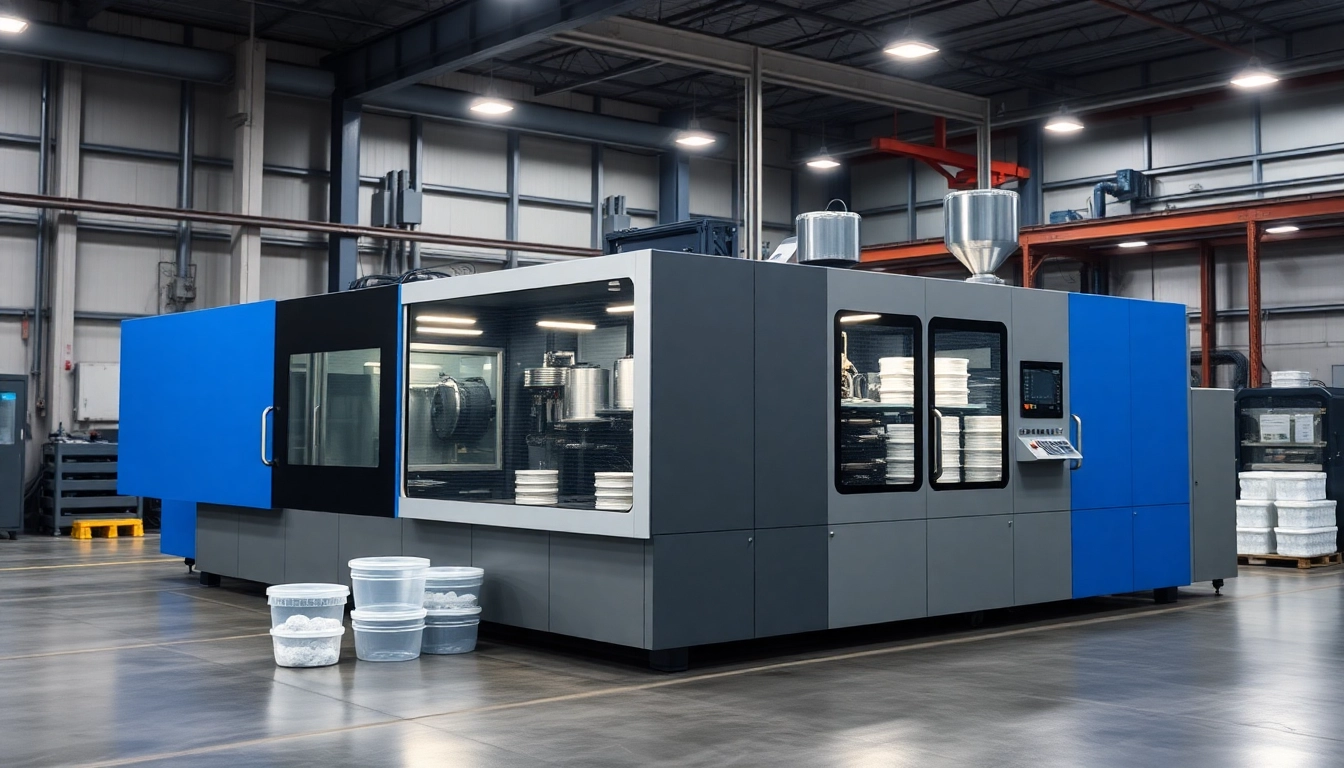
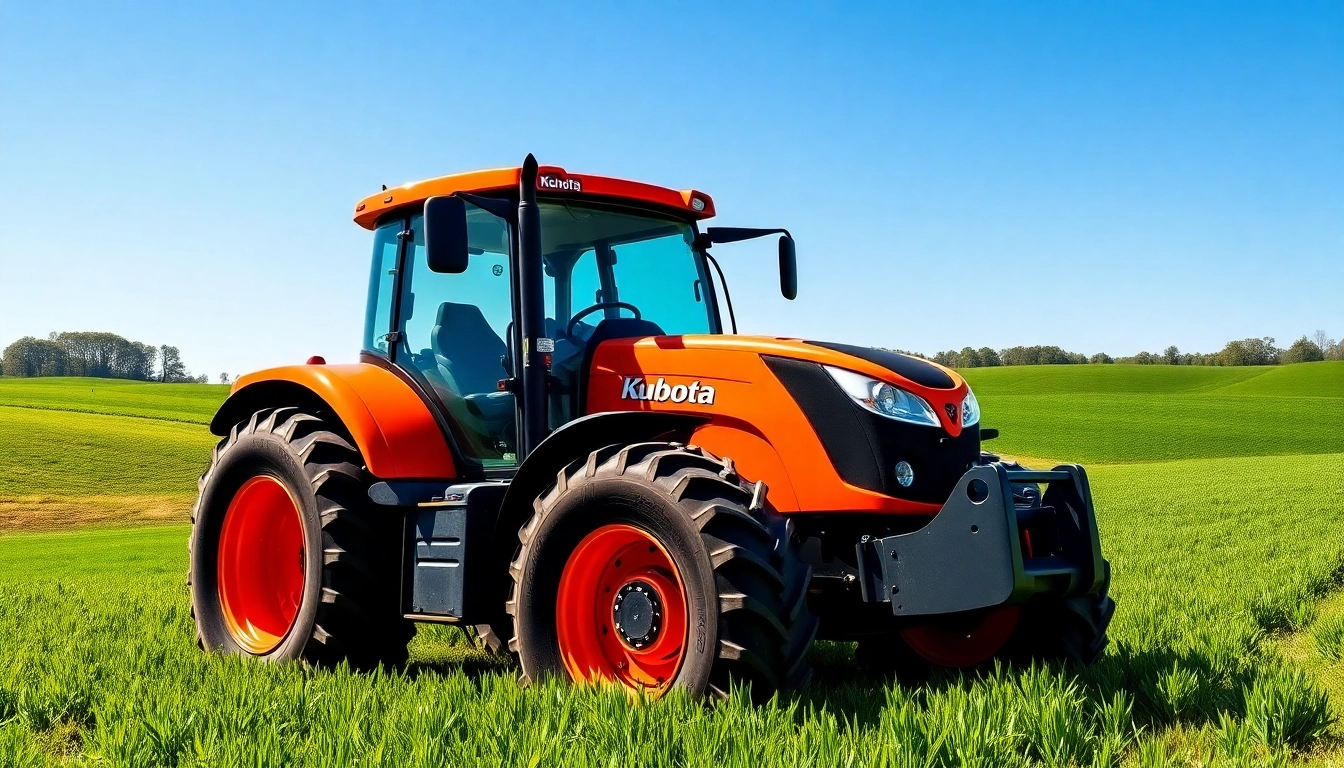

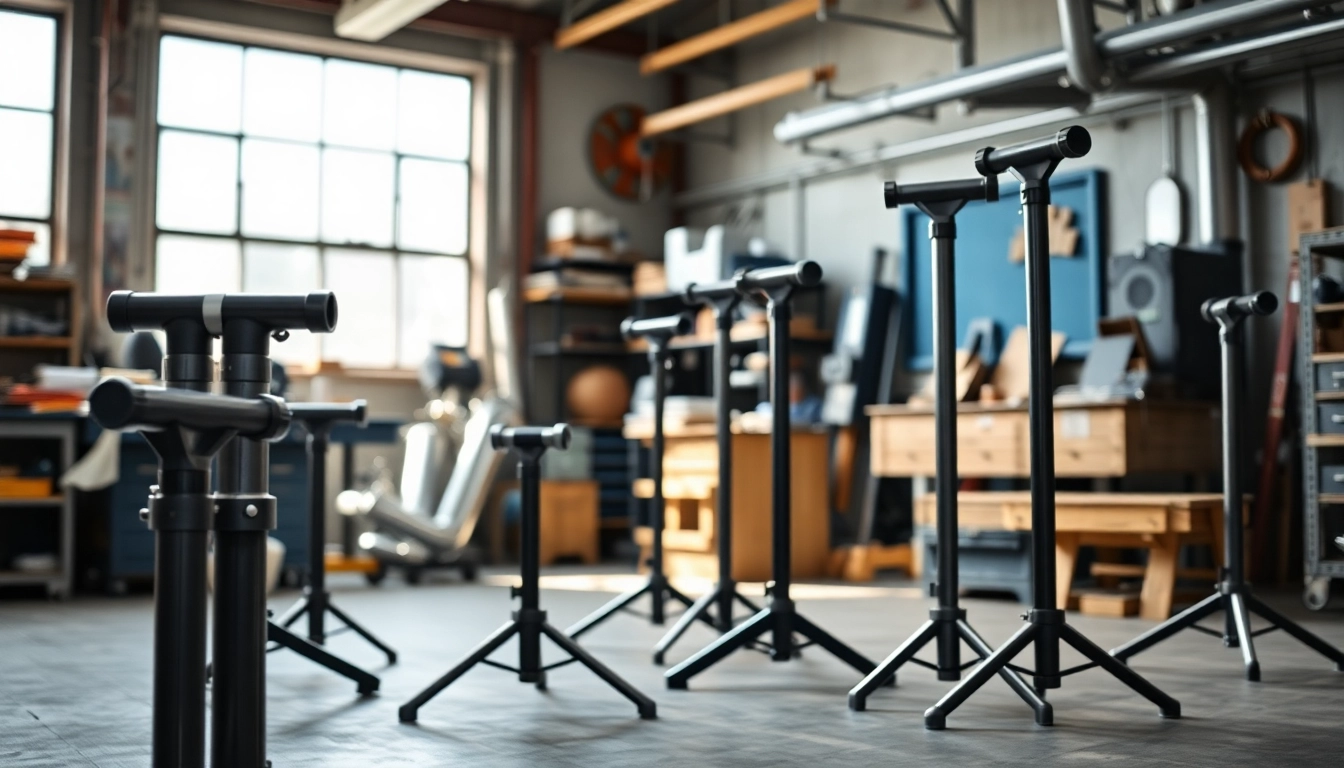
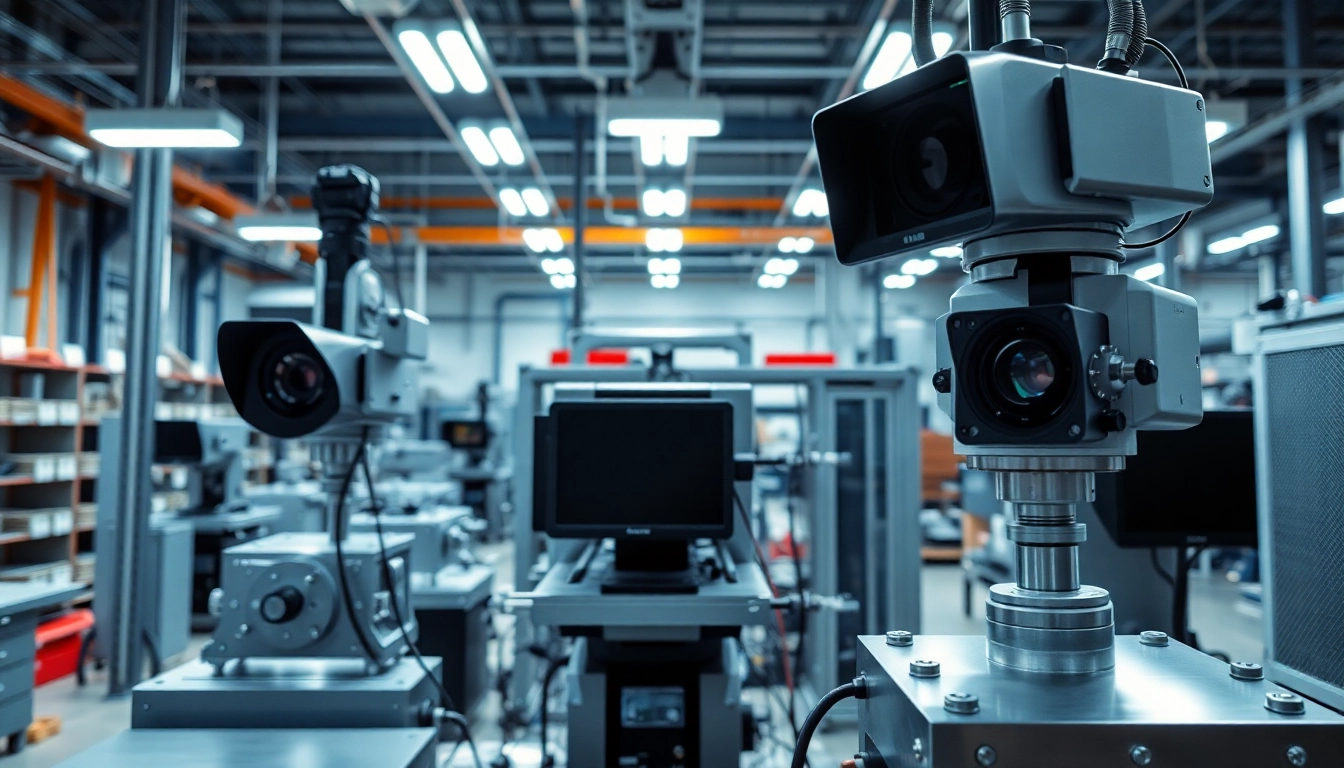


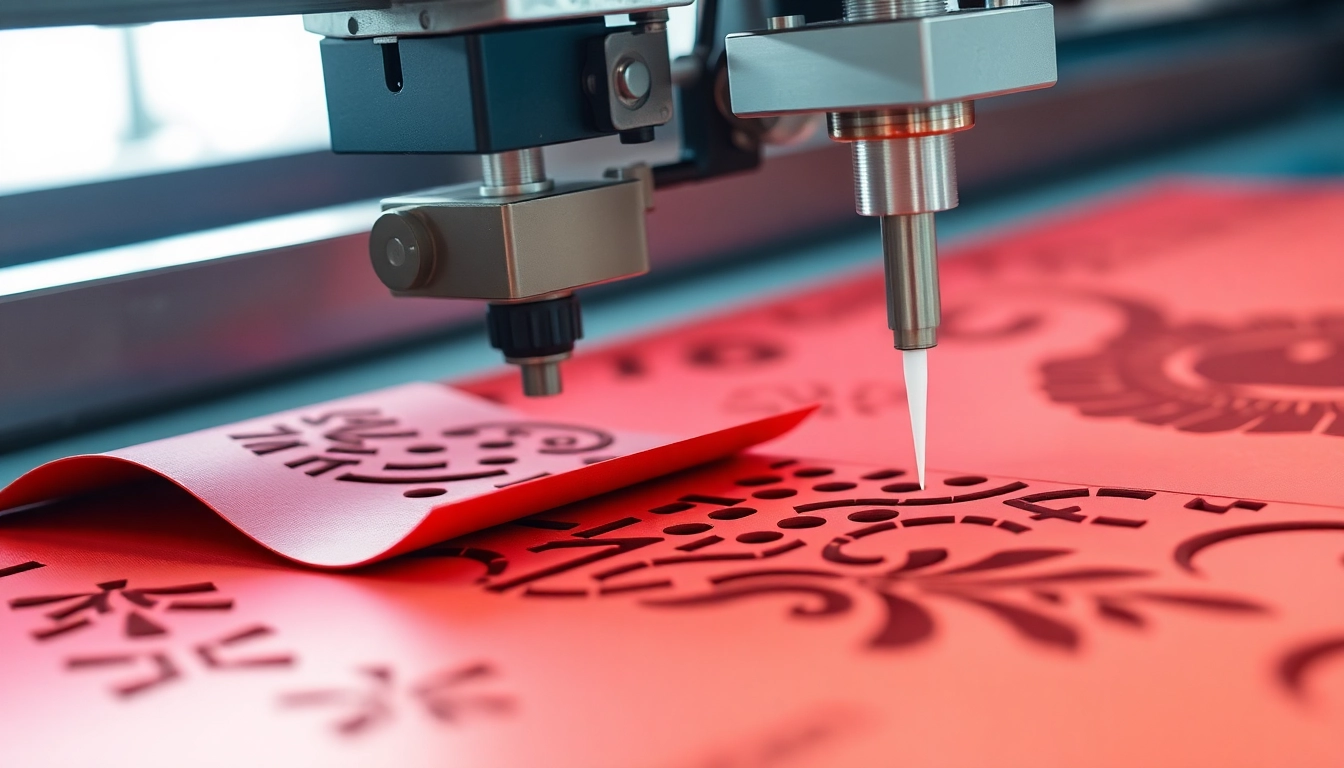
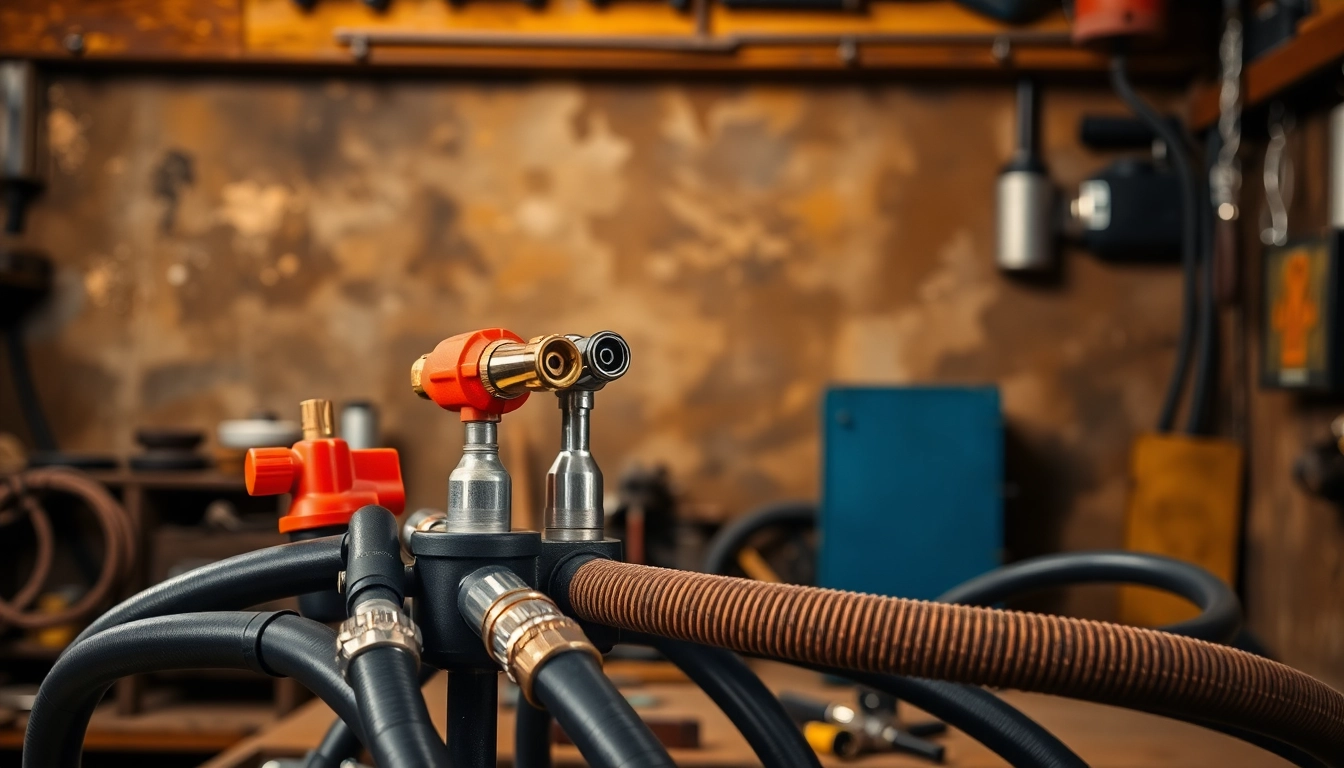
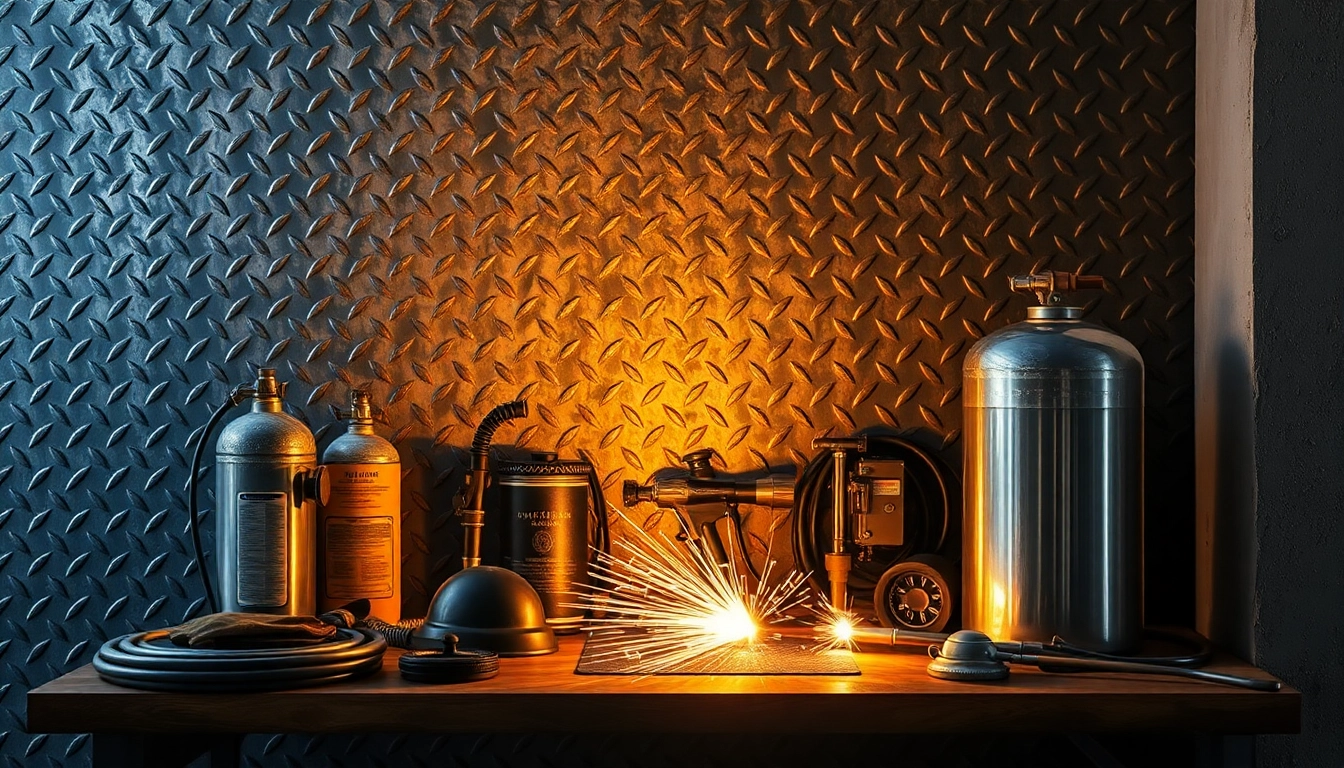
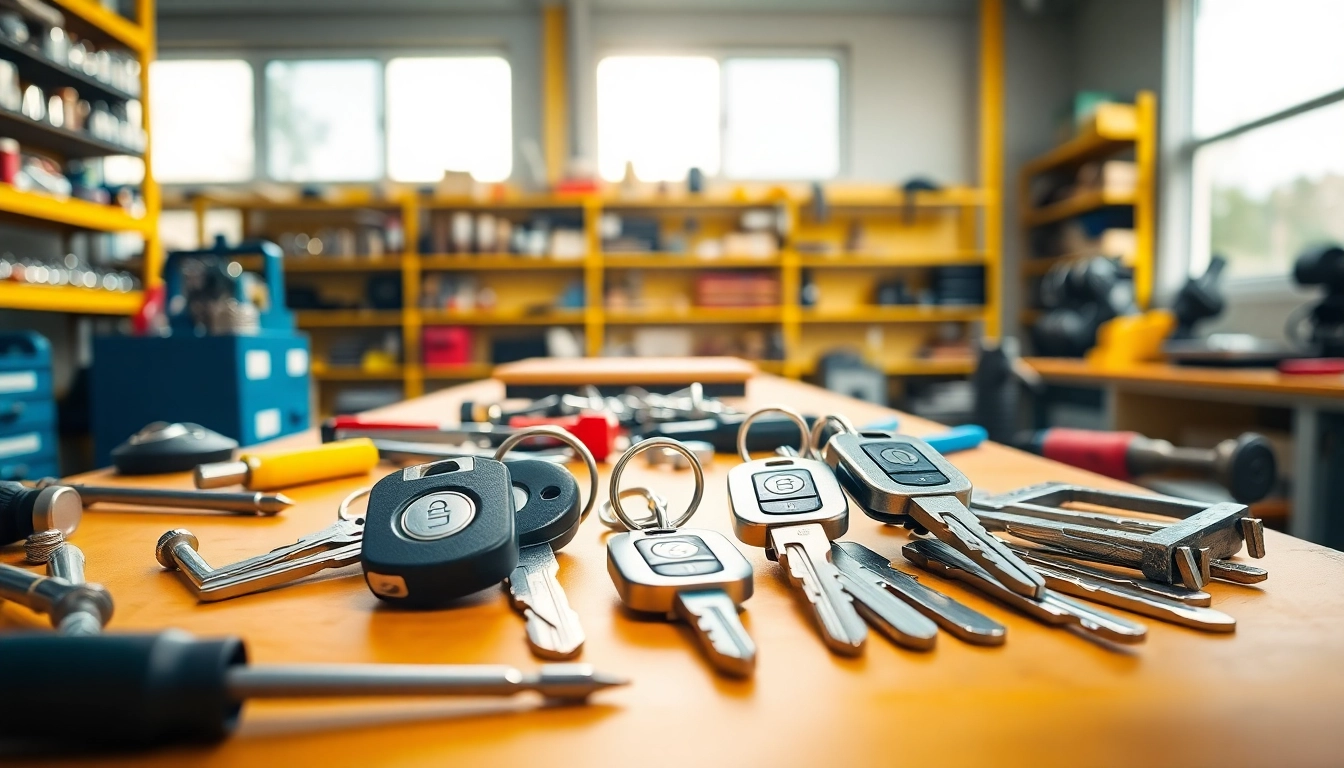
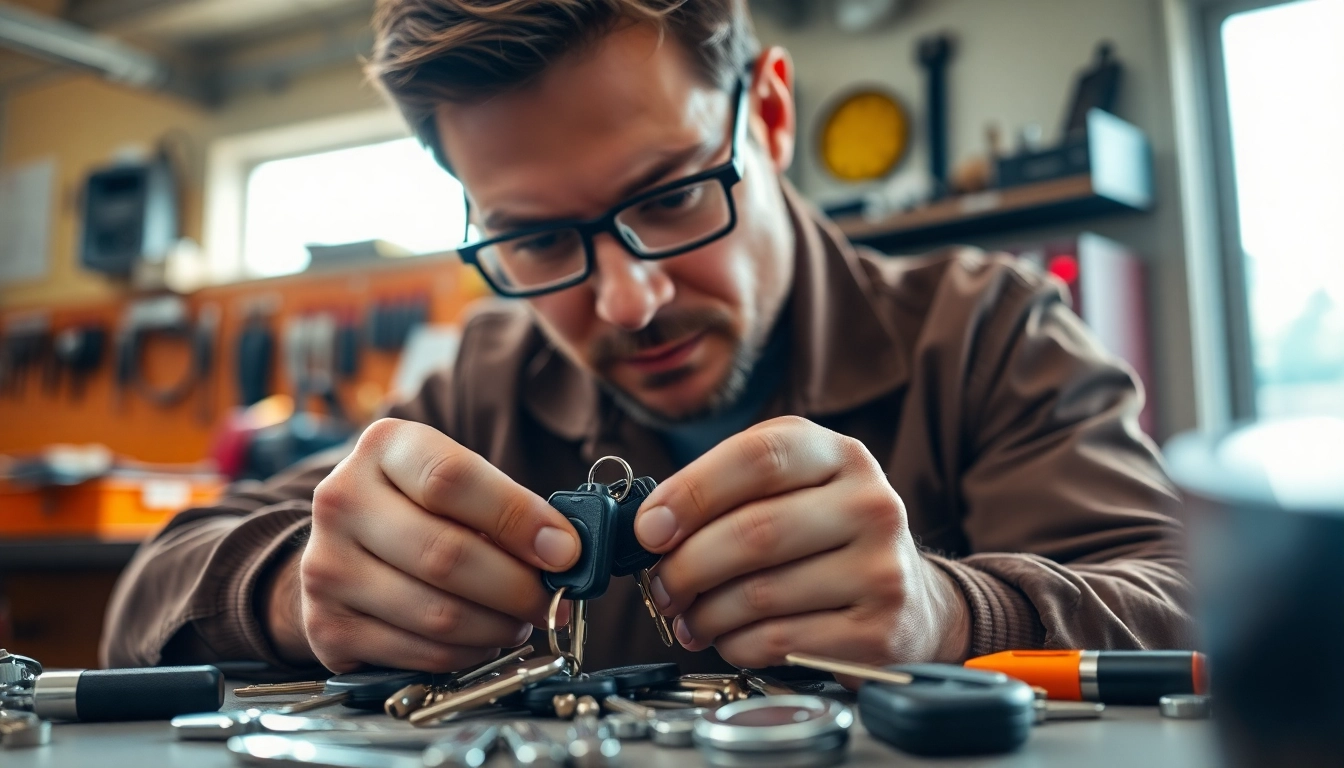


Leave a Reply